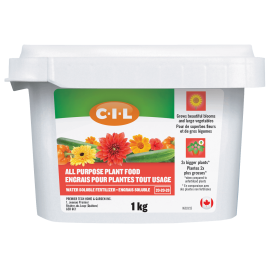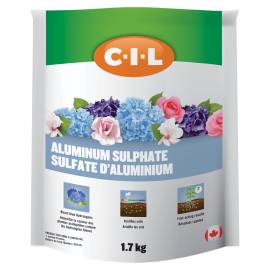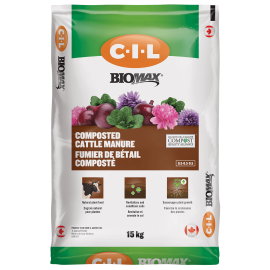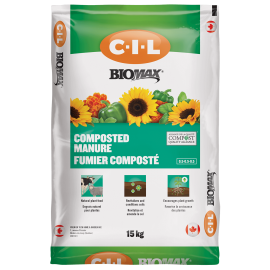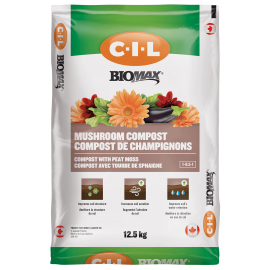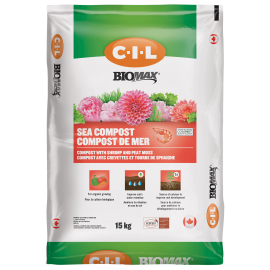How to Care for Bulbs in 3 steps
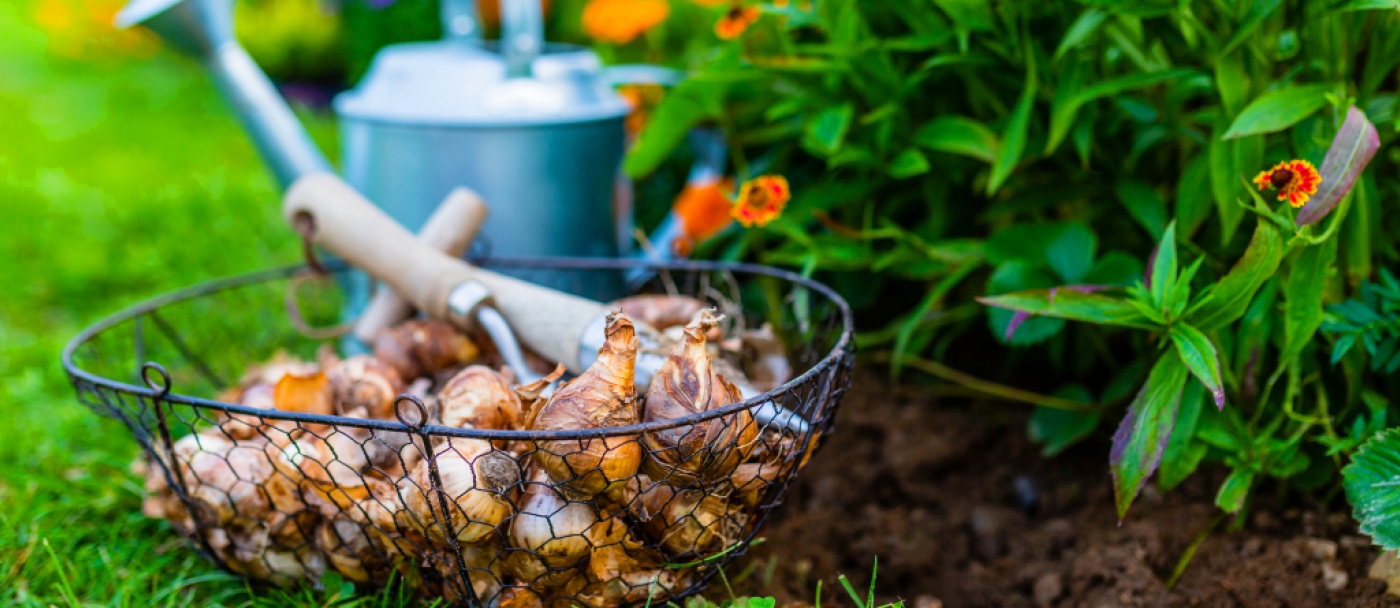
When it comes to low-maintenance gardening, it doesn’t get much easier than growing bulbs. With just a little bit of of care and attention, spring- and summer-blooming bulbs will put on a dazzling display of color every year for many years to come.
Wondering what it takes to keep bulbs healthy? Here are a few simple tips.
1. Watering Bulbs
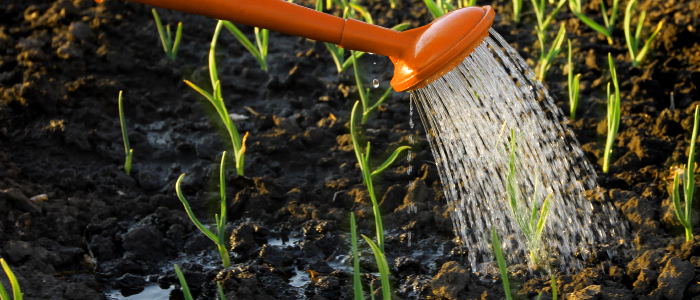
Water bulbs deeply after planting to settle the soil and eliminate air pockets around the roots. Thereafter, water bulbs as soon as buds appear in spring if the soil is dry.
Provide about 2.5 cm of water per week throughout the blooming period, using a soaker hose to keep the leaves dry. Water deeply but don’t overwater because the bulbs are likely to rot in soggy or poorly drained soil.
2. Fertilization
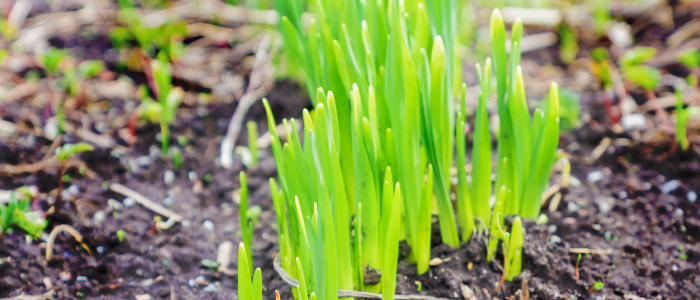
Spring flowering bulbs: Feed bulbs as soon as shoots appear in spring, and again in fall, using a bulb fertilizer or a balanced fertilizer with an NPK ratio such as 10-10-10 or 12-12-12. Some people also like to add bone meal, but this should be avoided if rodents are a problem.
Summer- and fall-blooming bulbs: Provide fertilizer as soon as shoots appear in spring, then repeat monthly until the plants reach full bloom.
3. Caring for Bulbs After Blooming
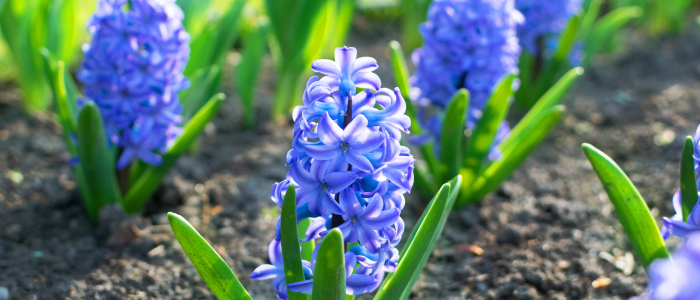
Remove stems as soon as flowers fade, but don’t be tempted to remove the leaves. The foliage absorbs sunlight, which provides energy to the bulbs for next year’s blooms. The foliage can be safely removed when it turns brown and pulls away easily with a gentle tug.
Don’t braid the leaves or gather them in rubber bands, which prevents the foliage from receiving full sunlight. If the dying foliage bothers you, plant some colorful annuals or perennials in front of the fading foliage.
Spring-blooming bulbs are usually left in the ground year after year, but they usually need to be divided every five years or so. Dig and divide bulbs if they look overcrowded, or if flower size is decreasing.
Special Care for Summer and Fall Blooming Bulbs
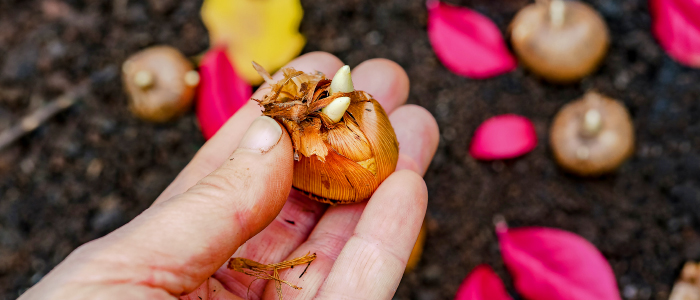
Summer and fall blooming bulbs such as dahlias, glads and cannas are tender and will be killed by winter cold. In Canada, dig the bulbs around the first frost in fall, before the first hard freeze.
Spread the bulbs out to dry in a cool, shady spot for a couple of days. Shake them gently to remove loose soil and dust them with fungicide.
Place the bulbs in a cardboard box filled with dry peat moss or sawdust.Store the bulbs, not touching, in a cool, dark, dry area. Ideal temperatures are 16 to 21 C., but never cooler than 10 C.
Check the bulbs every so often throughout the winter. Discard any that are soft or rotten as they can spoil the rest of the bulbs.
